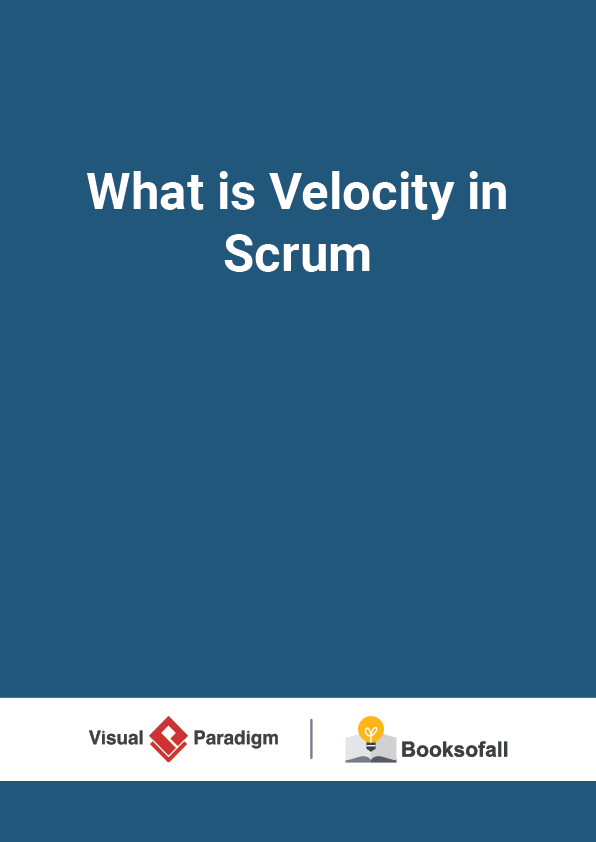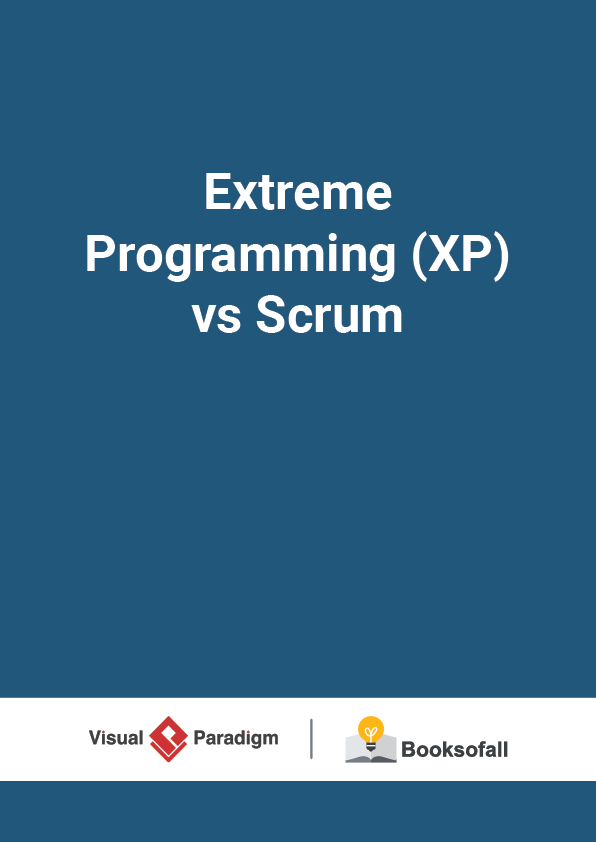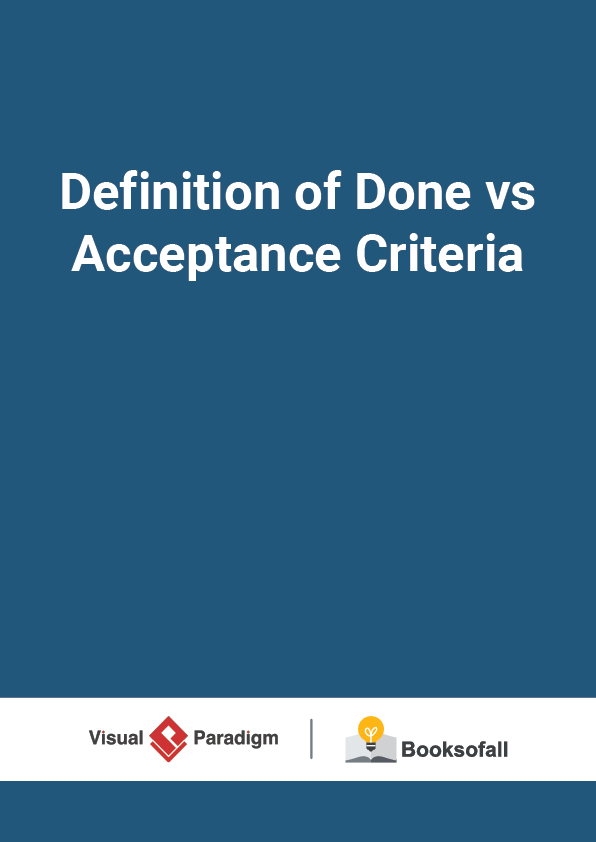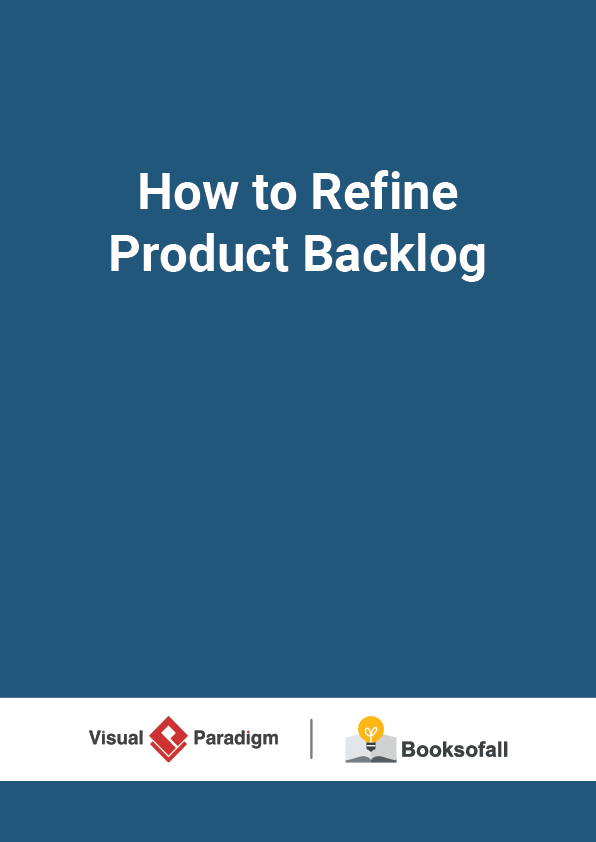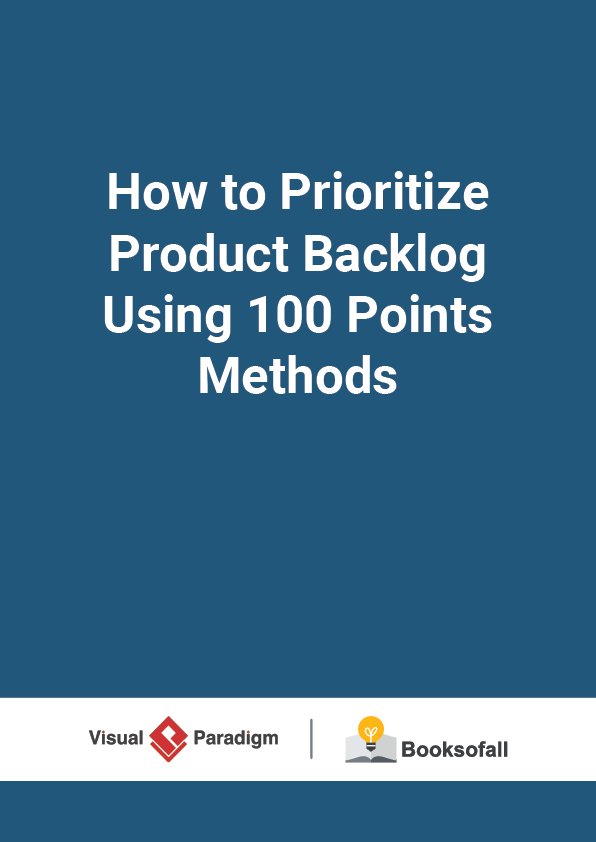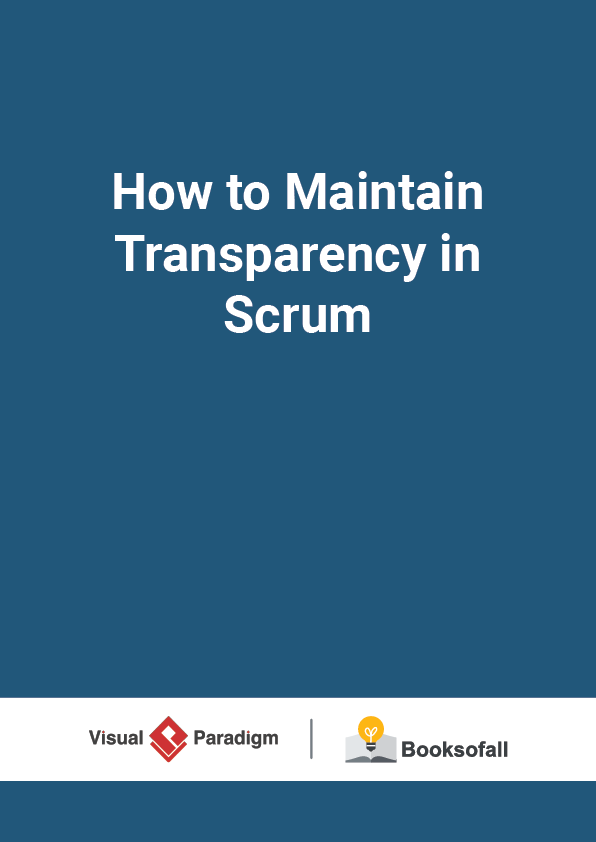What is Velocity in Scrum?
9-11 minutes
Velocity is an extremely simple, powerful method for accurately measuring the rate at which scrum development teams consistently deliver business value. It is an indication of the average amount of Product Backlog turned into an Increment of product during a Sprint by a Scrum Team , tracked by the Development Team for use within the Scrum Team. Thus, to calculate velocity of your agile team, simply add up the estimates of the features, user stories, requirements or backlog items successfully delivered in an iteration. It should the team:
- Predicting how much scope can be delivered by a specific date.
- Predicting a date for a fixed amount of scope to be delivered.
- Understanding our limits while defining the amount of scope we will commit for a sprint.
Scrum Velocity Example
There are some simple guidelines for estimating initial velocity of your Scrum team prior to completing the first few iterations, but after that point your team could use proven, historical measures of velocity estimation for sprint planning . Based on a series of past sprints, the estimation of velocity typically stabilizes and provides a more reliable basis for improving the accuracy of both short-term and longer-term planning of your Scrum projects.
Note That:
Velocity is a measure of the amount of work a Team can tackle during a single Sprint and is the key metric in Scrum. Velocity is calculated at the end of the Sprint by summing up the Points for all fully completed User Stories. Points from partially-completed or incomplete stories should not be counted in calculating velocity.
Step1 – Calculate the Velocity of the First iteration (Sprint)
At the end of each iteration, the team adds up effort estimates associated with user stories that were completed during that iteration. This total is called velocity.
An agile team has started work on an iteration, planning to complete stories A and B, estimated at 2 points each, and story C, estimated at 3 points. At the end of the iteration, stories A and B are 100% complete but C is only 80% complete. Agile teams generally acknowledge only two levels of completion, 0% done or 100% done. Therefore, C is not counted toward velocity, and velocity as of that iteration is 4 points.
Step 2 – Use the Velocity to estimate number of iteration needed
After knowing velocity in step 1, the team can compute (or revise) an estimate of how long the project will take to complete, based on the estimates associated with remaining user stories and assuming that velocity over the remaining iterations will remain approximately the same. This is generally an accurate prediction, even though rarely a precise one.
Suppose the user stories remaining represent a total of 40 points; the team’s forecast of the remaining effort for the project is then 10 iterations.
